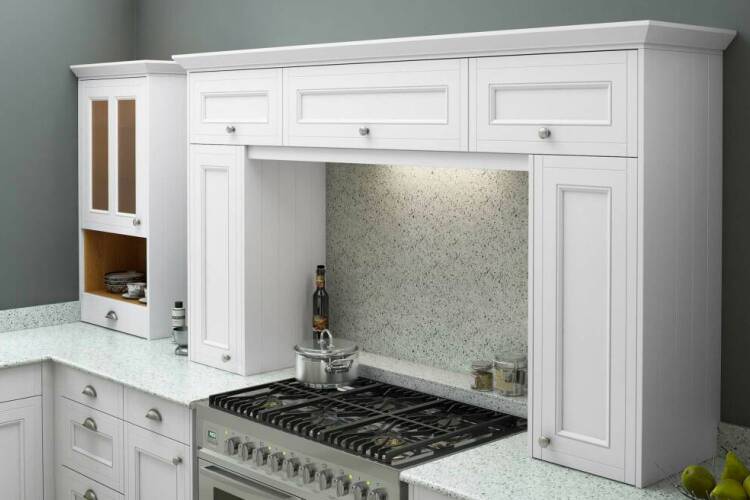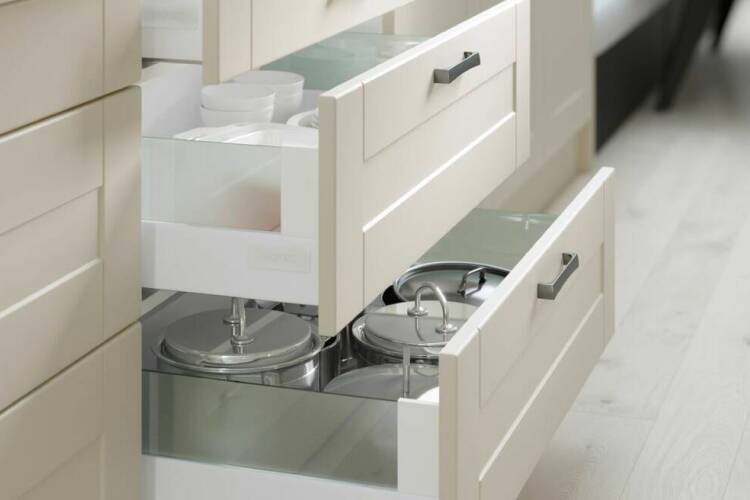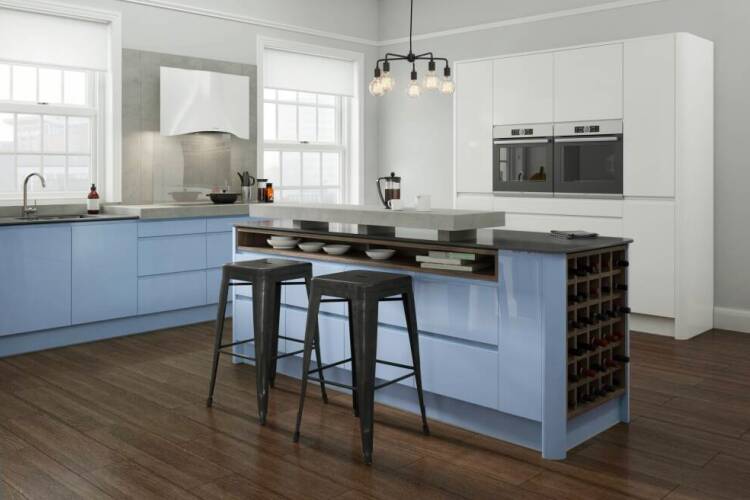What is the difference between Belfast and Butler sinks?
Accessories ideas
A statement sink can be the focal point of a kitchen, and with their practical depth as well as smart looks, a Belfast sink is one of the most popular options. Their strong aesthetic appeal and vintage look fit well in any traditional or shaker style kitchen – and since they’ve been fashionable since the 1700s, there’s definitely something to love about them. But what is the difference between a Butler and Belfast sink? And which one is right for your kitchen?

What is a Butler sink?
Although the Belfast sink is the more popular style now, the Butler sink actually came first. It was, perhaps unsurprisingly, popularised and primarily used by butlers - who were often tasked with cleaning larger household items, and needed a larger, deep sink to do that. A Butler sink unit would have been located in the butler’s pantry, similar to what we would now call a utility room, where a deeper sink was required than the traditional scullery sink. While Butler and Belfast sinks are now often picked for their aesthetic value as much as their practicality, the history of these sinks is one of functionality, rather than fashion.

What is a Belfast sink?
A Belfast sink is so named because–as you may have guessed – it was originally designed in Belfast, in the eighteenth century. Traditionally, Butler sinks were known as – or were used alongside – normal sinks, known as London sinks. This may have come about due to a popular theory that London had less freshwater, being further inland and with a much denser population – so using excess water was discouraged with shallower sinks. In Belfast, however, more water was available and the deeper Belfast sink could be used instead, which also lead to the other major difference between Butler and Belfast sinks, which is the weir overflow – a built-in ceramic overflow which is now only found on a Belfast sink.

Should I install a Butler or Belfast sink in my kitchen?
In the present day, without butlers or varying water level concerns, there isn’t much difference between a Belfast and Butler sink, and they are often used as synonyms for one another. But no matter which sink you decide to go for, there are plenty of reasons to pick a Belfast or Butler sink. They’re traditional in style, but popular and very on-trend, and their unique look creates a delightful focal point for your kitchen. The depth and large bowl on a Belfast sink can hold lots of pots, pans and other cookware, so they're practical for a house that has lots of washing up – especially if you like to get a headstart on doing the dishes while tea is cooking, and leave the rest for the dishwasher. Their thick ceramic is practical and very robust (though if you have cast-iron pans take care not to chip the edges of your Belfast sink).

What kind of kitchen suits a Belfast sink?
We know that lots of our Wren kitchen customers love to add Belfast sinks to our shaker style kitchens, as their vintage old-fashioned aesthetic works well with the traditional lines and decoration of a Shaker kitchen. Belfast sink units will work well in most kitchens, as they can be fitted in various ways to create a unique look that matches your kitchen, but if you’re looking for a traditional kitchen, perhaps one with a farmhouse kitchen feel, a Belfast sink is a natural fit. The differences between a Belfast and Butler sink may be rooted in slightly obscure eighteenth-century traditions, but they’re still a stylish and practical choice for your modern kitchen. Book an appointment today and we can help you design your kitchen, complete with Belfast or Butlersink; or try our free online kitchen planner.

















